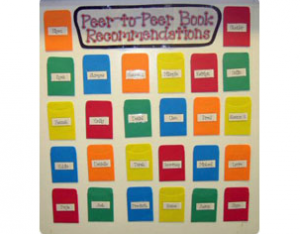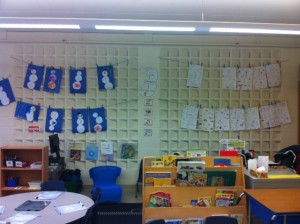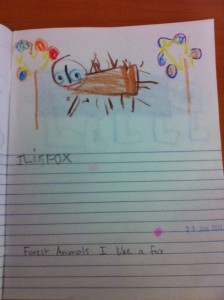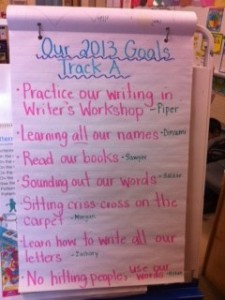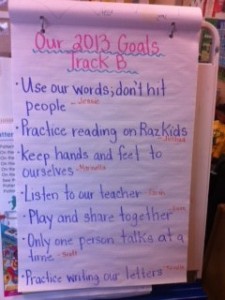For the past few weeks, we have been exploring Life Cycles in my Kindergarten classroom. First, we started off by learning about plants. I read some stories to my class including The Tiny Seed, and we discussed how a plant is created. We also discussed the different parts of a plant. This lead in nicely to some discussions about various life cycles.

As a Kindergarten team, we ordered caterpillars (from Boreal) so that we could watch the life cycle of a butterfly occur.Our caterpillars will turn into Painted Lady Butterflies. We watched some youtube video clips so students could see what it was that would be happening in our classroom during this process. We also read a lot of various books, both Fiction and Non-Fiction, about butterflies. We were able to observe our tiny caterpillars turn into bigger, fatter caterpillars, form into their chrysalis and then into butterflies. The students really enjoyed seeing this process first had, authentic learning at its best! I allowed my students to have opportunities to observe and even read to the caterpillars. We also kept a butterfly journal, where students would record daily what stage it was in.
After a few days of having living butterflies, we were able to go outside and let our butterflies free into the environment. This also helped our Eco School status. Overall, my students really enjoyed this! They loved coming in each and every morning and checking on the progress. I would highly recommend any kindergarten teacher to use this in their classrooms! It was also a wonderful tool to use at the end of the year when the students are a bit “over” being at school. I felt that by studying the life of a butterfly was able to keep their excitement and engagement right up until the end of the year.




